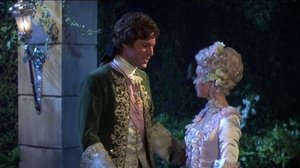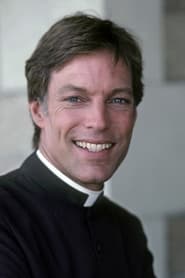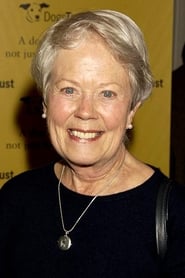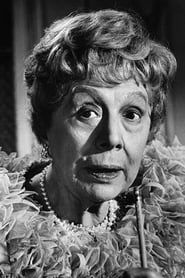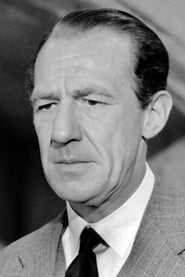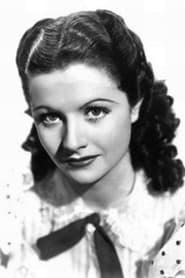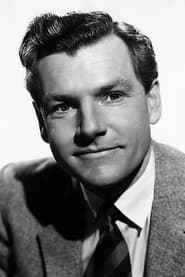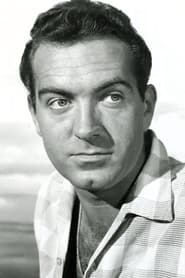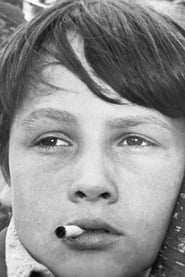Cast
View AllRichard Chamberlain
as Prince Edward
Gemma Craven
as Cinderella
Annette Crosbie
as Fairy Godmother
Edith Evans
as Dowager Queen
Christopher Gable
as John
Michael Hordern
as King
Margaret Lockwood
as Stepmother
Kenneth More
as Chamberlain
Julian Orchard
as Montague
Lally Bowers
as Queen
Sherrie Hewson
as Palatine
Rosalind Ayres
as Isobella
John Turner
as Major Domo
Keith Skinner
as Willoughby
Polly Williams
as Lady Caroline
Crew
Director
- Bryan Forbes
Producer
- Stuart Lyons
Reviews
CinemaSerf
Bryan Forbes has managed to assemble the combined talents of the "Mary Poppins" writing Sherman brothers and a fine cast of British stage giants for this gentle retelling of the "Cinderella" tale. Now, I will admit - I am not a fan of Richard Chamberlain. I may never forgive him for totally destroying my images of Alan Quatermain and Edmond Dantes in years to come, but for the most part here - he is OK. He is the poor old prince "Edward" constantly harangued by his father (Sir Michael Hordern) and his chancellor (Kenneth More) to marry. Even his scene-stealing grandmother (Dame Edith Evans) is in on that scheme too. A glittering ball is the answer, and all the eligible ladies from far and wide will be invited. Meantime, poor old "Cinders" (Gemma Craven) has fallen foul of her wicked stepmother (Margaret Lockwood) and so an invitation for her is somewhat unlikely. Luckily, though, Annette Crosbie swings by and with a wave of her wand, our young heroine is conveyed to the palace in a pumpkin with some mice and toads in attendance. Home by midnight, remember... The Sherman's do bring a bit of unsentimental pith to their songs here - "What Has Love To Do With Getting Married" first amongst them, but there is still the charming ballad "Suddenly It happens" to balance the fairy tale elements of this quite entertaining adaptation of the fable. The costumes are sumptuous, the scenery splendid (Salzburg) and in the end this is not bad at all. Yes, it is far too long - and sags a bit in the third quarter, but Forbes does manage to elicit engaging performances from his cast who demonstrate a versatility of skills that illustrate the depth of talent needed to survive as an actor back then. It's good fun, this and most importantly - it does not subject us to loads of squeaking beasties!
Dec 25, 2022
Thematic Analysis
The Slipper and the Rose represents a fascinating example of Adventure/Fantasy/Romance cinema, offering viewers a unique perspective on interpersonal relationships and emotional connections. The film's approach to its themes demonstrates a creative vision that distinguishes it within its genre.
Director Bryan Forbes brings their distinctive visual style to this film, continuing their exploration of themes seen in their previous works while adding new elements. Their approach to pacing and visual storytelling creates a viewing experience that rewards close attention.
Released in 1976, the film exists within a cultural context that now offers viewers historical perspective on the social issues of that era. Its reception demonstrates the diverse reactions to its artistic choices and its place in cinema history.
Did You Know?
- The production of The Slipper and the Rose took approximately 16 months from pre-production to final cut.
- With a budget of $4.7 million, the film represented a significant investment in bringing this story to the screen.
- The final cut of the film runs for 146 minutes, though the director's initial assembly was reportedly 200 minutes long.
- Several scenes were filmed in multiple locations to capture the perfect setting.
- The musical score contains over 30 unique compositions.
- The film contains approximately 984 individual shots.
Historical Context
- In 1976, when this film was released:
- Environmental awareness was growing as a social concern.
- Economic recession and oil crises were affecting global economies.
- The film industry was dominated by major studios, with independent cinema still in its early development.
How This Film Stands Out
While The Slipper and the Rose shares thematic elements with other films in its genre, it distinguishes itself through its unique approach to storytelling, visual style, and character development.
Unlike Hum Dil De Chuke Sanam, which takes a more conventional approach to its subject matter, The Slipper and the Rose subverts genre expectations by exploring its themes with greater nuance.
While films like An American in Paris and Shall We Dance? explore similar territory, The Slipper and the Rose stands apart through its distinctive directorial vision and pacing.
This film's unique contribution to cinema lies in its thoughtful balance of entertainment value and thematic depth, making it a valuable addition to its genre.
Details
- Release Date: March 25, 1976
- Runtime: 2h 26m
- Budget: $4,700,000
Where to Watch




